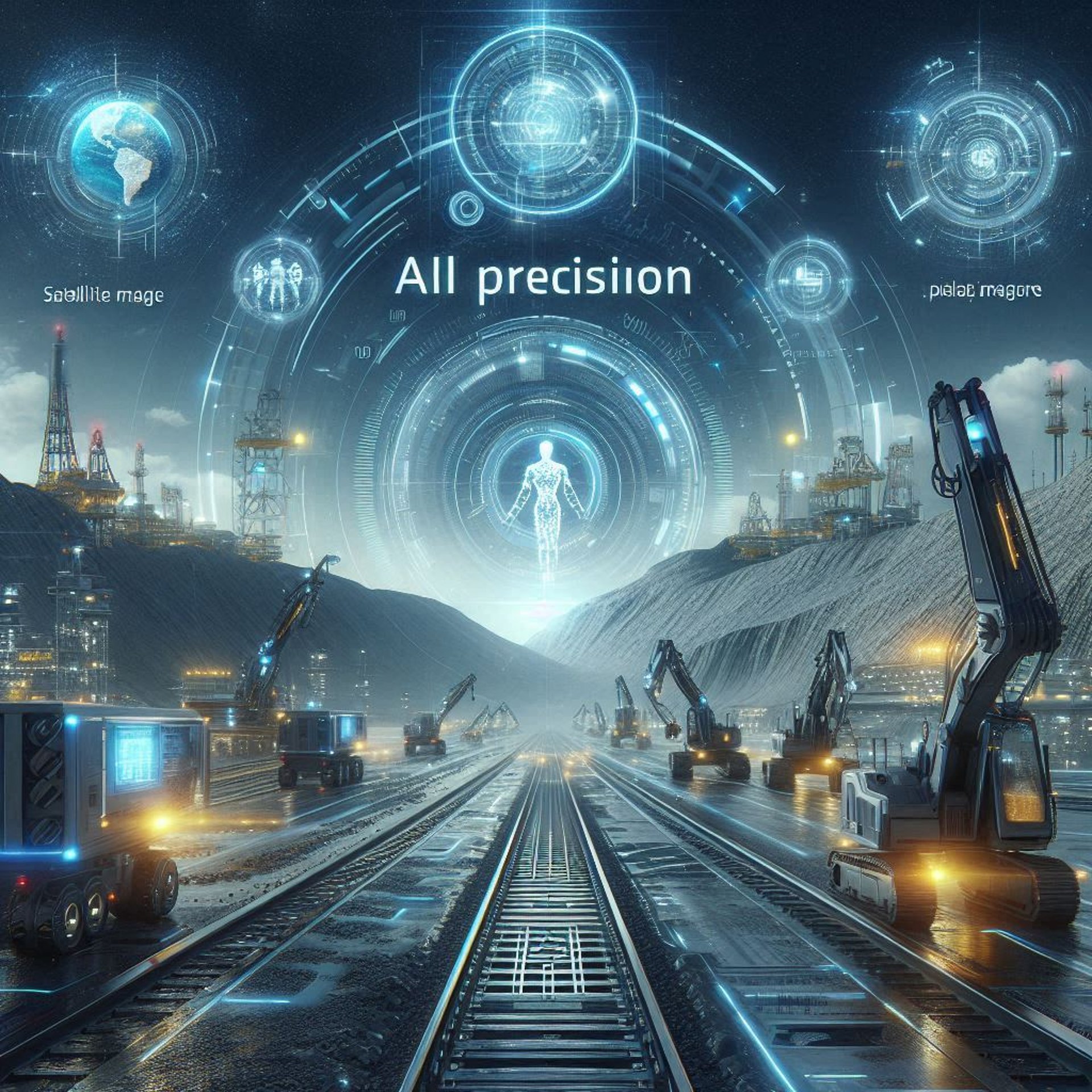
Social Equity in the Age of Artificial Intelligence: Opportunities and Challenges
Xuan-Ce Wang
11/17/20243 min read


Abstract
This study explores the impact of artificial intelligence (AI) technology on social structure and development from three dimensions: knowledge equity, educational equity, and information equity. The findings demonstrate that AI technology shows significant potential in promoting social fairness, while also introducing new challenges. Through case analyses and data support, this paper aims to provide new perspectives for understanding and addressing issues of social equity in the AI era.
Keywords:
Artificial intelligence; social equity; knowledge access; educational resources; information flow
1. Introduction
1.1 Research Background
With the rapid development of AI technology, its impact on social structure and operational mechanisms has become increasingly significant. Globally, the AI market grew from $127 billion in 2015 to an estimated $1.5 trillion in 2023, with an average annual growth rate exceeding 40%. This technological revolution not only transforms production methods but also deeply affects mechanisms for resource distribution and access.
1.2 Research Significance
Investigating the impact of AI from a social equity perspective contributes to:
- Understanding technological development trends to promote social fairness
- Anticipating potential issues to establish early response strategies
- Optimizing resource allocation to foster sustainable social development
1.3 Research Methodology
- Literature Review: A systematic review of domestic and international research findings
- Case Analysis: In-depth analysis of typical application cases
- Data Analysis: Quantitative methods to assess the extent of impact
2. Knowledge Equity: Breaking Traditional Barriers
2.1 Innovation in Knowledge Access
2.1.1 The Popularization of Intelligent Search Engines
Traditional knowledge access is often limited by geographical and economic factors. The advent of intelligent search engines has significantly lowered the threshold for knowledge access. For example, Google Scholar, covering over 160 million academic publications, provides researchers worldwide with convenient knowledge access.
2.1.2 Application of Knowledge Graphs
Knowledge graph technology builds complex networks of knowledge associations, helping users better understand and utilize information. For instance, the Microsoft Academic Graph contains over 240 million academic entities, effectively promoting systematic access to knowledge.
2.2 Transformation in Knowledge Production
2.2.1 Intelligent Writing Assistance
AI writing tools (such as the GPT series models) enable more individuals to participate in knowledge creation. As of 2023, over 50 million users worldwide use AI writing tools, greatly reducing the threshold for knowledge production.
2.2.2 Cross-Language Knowledge Sharing
Advances in machine translation have promoted global knowledge sharing. Google Translate processes over 100 billion words per day across more than 100 languages, effectively removing language barriers.
2.3 Challenges
- Algorithm Bias: AI systems may inherit biases from training data
- Digital Divide: Unequal technology adoption exacerbates disparities in knowledge access
- Intellectual Property Protection: A balance between open sharing and rights protection is required
3. Educational Equity: Reshaping the Educational Ecosystem
3.1 Accessibility of Educational Resources
3.1.1 Online Education Platforms
AI-powered online education platforms extend high-quality educational resources to broader regions. According to UNESCO, global online education users exceeded 1 billion in 2023, with an annual growth rate of over 15%.
3.1.2 Intelligent Teaching Systems
Adaptive learning systems can provide personalized education based on learner characteristics by:
- Real-time assessment of learning outcomes
- Dynamic adjustment of teaching content
- Optimization of learning pathways
3.2 Personalized Education Practices
3.2.1 Case Study: MOOC Platforms
Coursera, for example, serves 77 million users globally through an AI-driven learning system, achieving a 40% higher completion rate than traditional online courses.
3.2.2 Intelligent Tutoring Systems
AI tutoring systems offer 24/7 learning support, with response rates exceeding 90%, significantly enhancing learning outcomes.
3.3 New Issues in Educational Equity
- Digital Literacy Disparities
- Regional Imbalances in Educational Resources
- Integration of Traditional and Intelligent Education
4. Information Equity: Restructuring the Information Ecosystem
4.1 Democratization of Information Access
4.1.1 Intelligent Information Retrieval
AI reduces the threshold for information retrieval. Of the 2.5 trillion bytes of data generated globally each day, over 60% can be quickly accessed through intelligent systems.
4.1.2 Personalized Recommendations
Intelligent recommendation systems reshape information distribution, though the "filter bubble" effect warrants caution.
4.2 New Dynamics in Information Dissemination
4.2.1 Automated Content Generation
AI content creation tools promote information diversity, with AI-generated content accounting for 15% of global digital content in 2023.
4.2.2 Cross-Language Dissemination
AI translation technology breaks language barriers, facilitating global information flow.
4.3 Challenges and Countermeasures
- Identification of Misinformation
- Algorithm Fairness
- Privacy Protection
5. Conclusions and Outlook
5.1 Research Conclusions
AI technology shows immense potential in promoting social equity, though it also presents new challenges. To fully leverage its benefits, collaboration across various sectors is needed:
- Technological Level: Ensuring algorithmic fairness
- Institutional Level: Improving relevant regulations
- Social Level: Promoting inclusive development
5.2 Future Outlook
- Technological Development Trends
- Policy Recommendations
- Research Prospects
References
1. Anderson, J. (2023). "Artificial Intelligence and Social Equality". MIT Press.
2. Li, M., et al. (2023). Educational Transformation in the Age of AI. Education Research Press.
3. Wang, L., et al. (2023). "Digital Divide in the AI Era". Nature Digital.
4. Zhang, H. (2023). Intellectual Property Protection in the Digital Era. Law Press.
5. Smith, R. (2023). "AI and Information Democracy". Stanford Digital Press.
6. UNESCO (2023). Global Education Monitoring Report.
7. World Economic Forum (2023). The Future of Jobs Report.








